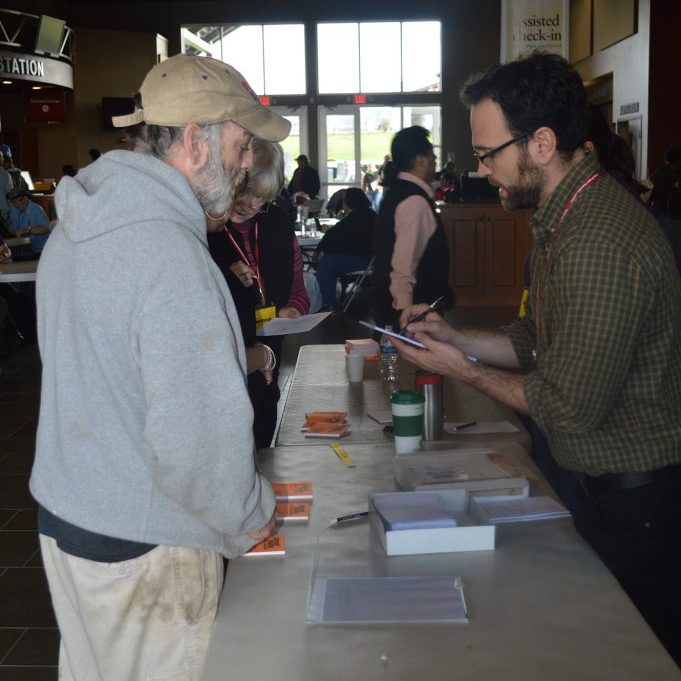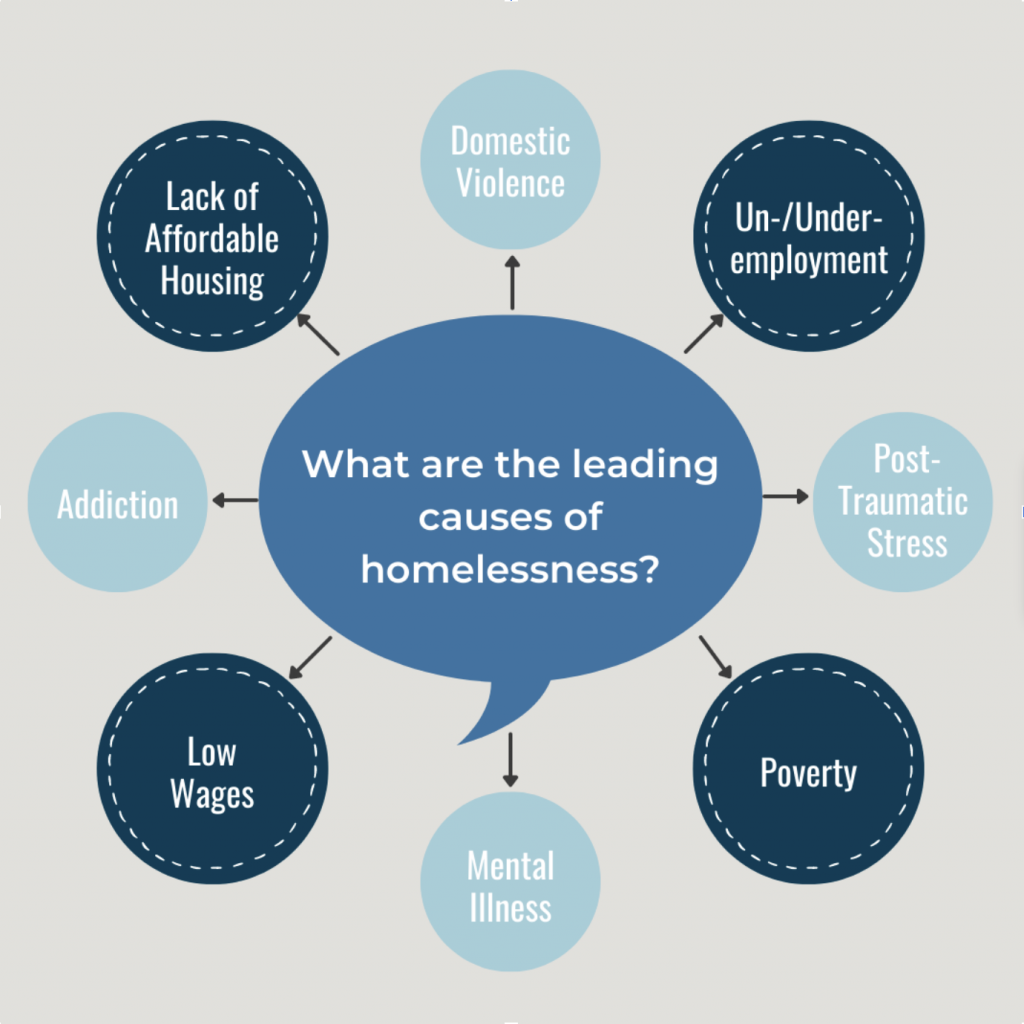
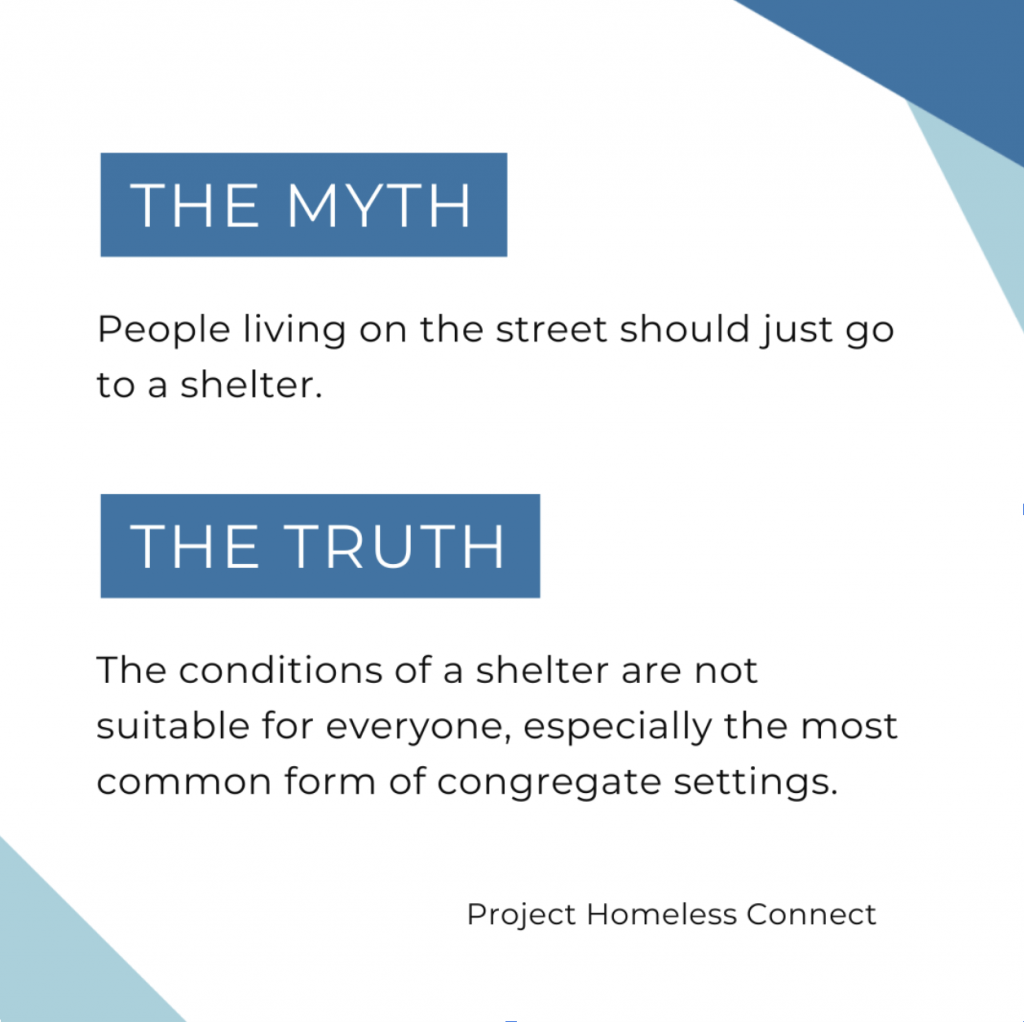
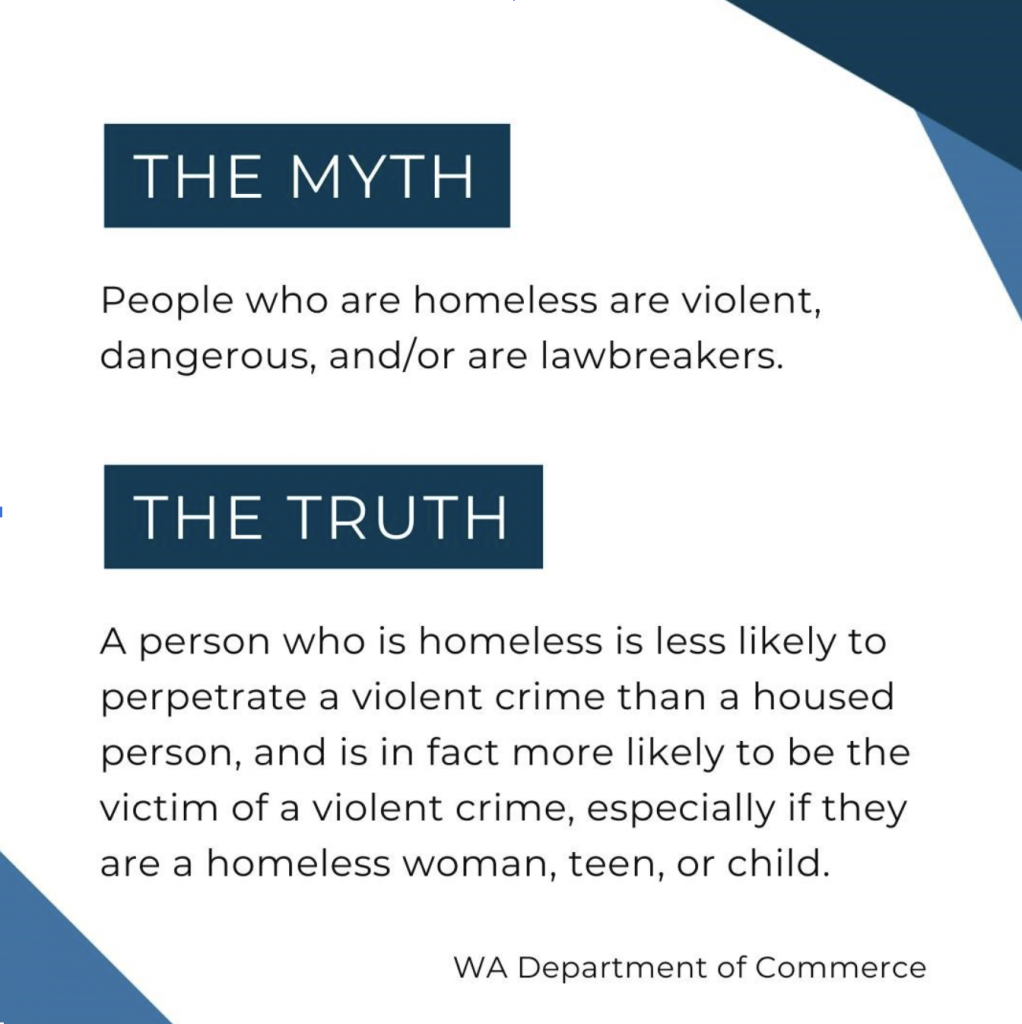
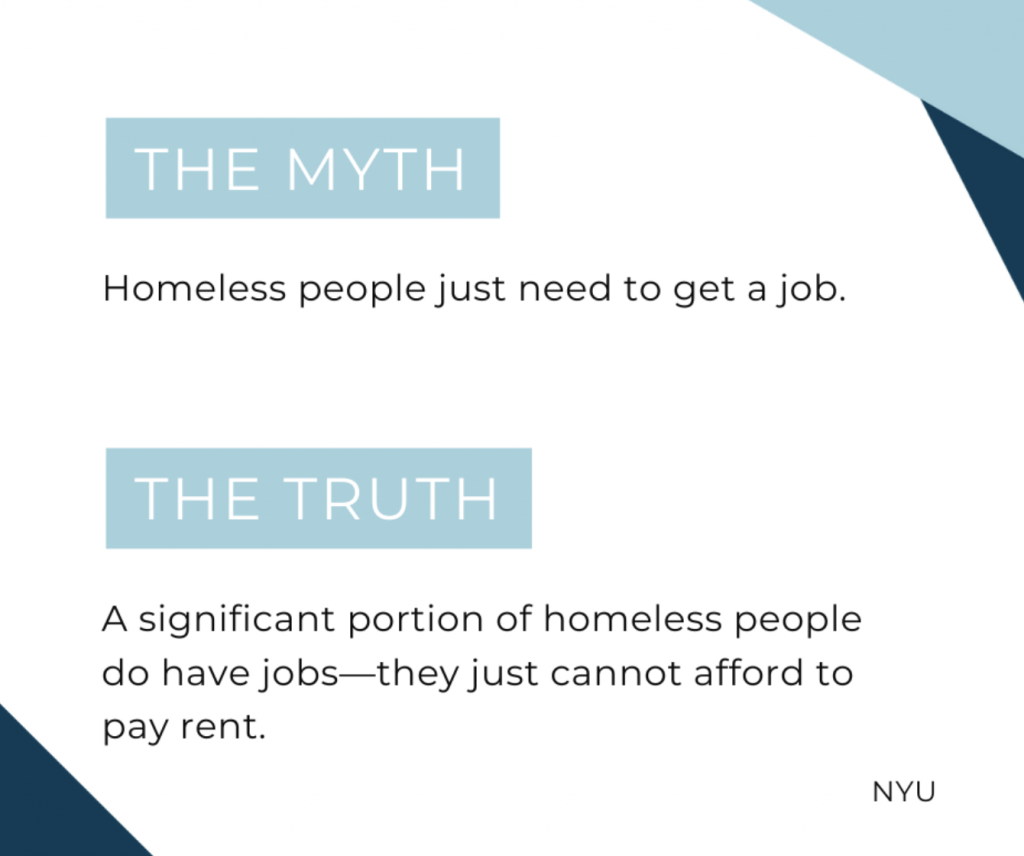
What are the leading causes of homelessness?
People are often curious about what causes homelessness. While there is not just one answer, studies have shown that the top reported causes include:
1. Lack of affordable housing
2. Un/under-employment
3. Poverty
4. Low wages
5. Mental illness and the lack of needed services
6. Substance abuse and the lack of needed services
7. Domestic violence
8. Post-traumatic stress
The leading cause of homelessness among women, in particular, is domestic violence. Many of these causes are intertwined and often have a “domino effect.” It’s important to not judge those experiencing homelessness; you don’t know their story. And if you did, it would most likely be tragic. Seek understanding and, above all, treat each other compassionately.
Does homelessness disproportionately affect some demographic groups more than others?
Yes, there are higher rates of homelessness among communities of color. Comparative PIT (point-in-time) and consensus counts uncover these disparities; 7.4% of unsheltered Beaverton/Hillsboro residents without children are Black, 2.7% are Native Hawaiian/Pacific Islander, 2.7% are American Indian/Alaska Native/Indigenous—all higher proportions than general population counterparts. PHC is committed to adhering to SHS goals of providing equal or better outcomes for people of color.
Other groups disproportionately impacted by homelessness include members of the LGBTQIA+ community; 1 in 5 transgender individuals have experienced homelessness at some point in their lives, and LBGTQ youth represent as much as 40% of the homeless youth population.
Do homeless people “just need to get a job?” How is the housing market related?
A significant portion, up to 44%, of homeless people nationwide do work—they just cannot afford rent. According to the Washington Department of Commerce, there isn’t a single U.S. state where a full-time minimum wage worker can afford a one-bedroom apartment at the fair market rent. The shortage of affordable housing fails to keep pace with the current level of demand.
It is also important to note that it is incredibly difficult to find and maintain employment without a place to shower, clean clothes, or plug in a phone to set an alarm. Even for those receiving disability income due to physical or mental conditions, housing remains financially out of reach for many.
Why do people live outside when there is shelter available?
Shelters are often in congregate settings, which can mean more than a hundred beds in one room. There are rules and regulations, which can be difficult or confusing for individuals to follow – especially for those who have been experiencing homelessness for years. Congregate shelters are typically most difficult for those living with serious mental illnesses, including PTSD and bipolar disorder. Non-congregate shelters (individual rooms) can be utilized to cater to this population, however, these spots are often limited in number. Knowing this can help us to work towards increasing non-congregate shelter settings and to stop judging those who abstain from currently available shelters.
Are homeless people dangerous?
A person who is homeless is less likely to perpetrate a violent crime than a housed person and is, in fact, more likely to be the victim of a violent crime, especially if they are a homeless woman, teen, or child. Local encampments have reported incidents such as bags of animal feces being dumped on their tents, being targeted with beebee guns, and experiencing sexual violence. Caution is warranted primarily in cases where a houseless person with a severe psychiatric disorder is undergoing a flare up or when a person is under the influence of hallucinogens like PCP (street name: angel dust). In more cases than not, homeless people are not dangerous and appreciate a friendly “hello.”

